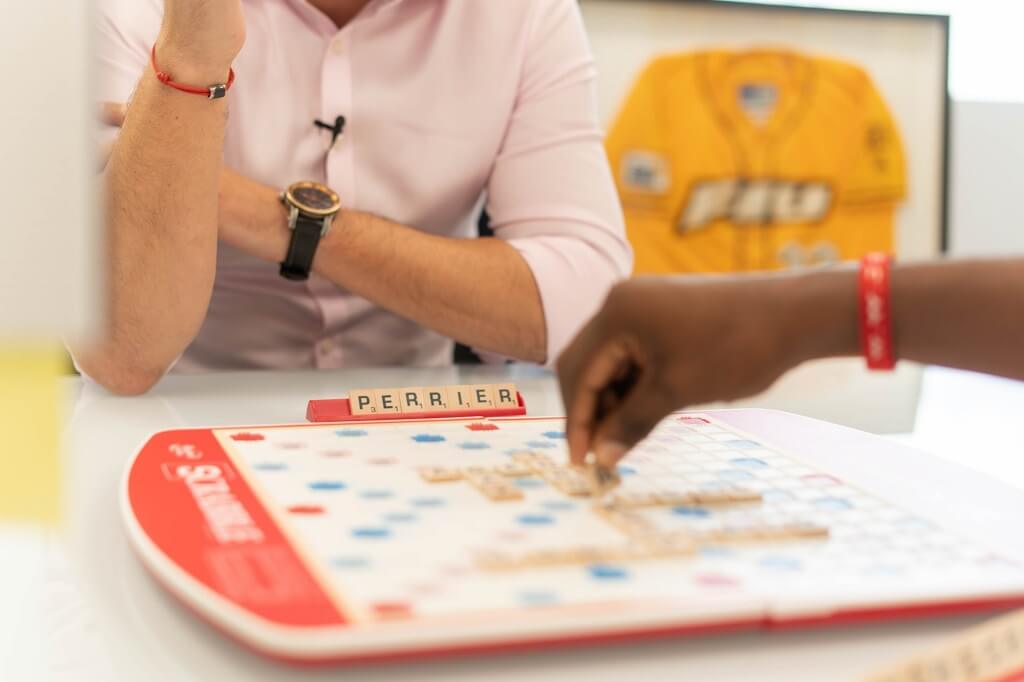In the world of trading card games (TCGs), rarity is more than just a design choice; it’s a critical tool for shaping gameplay, player engagement, and the overall collectible experience.
A well-designed rarity system can encourage players to trade, open more packs, and appreciate the value of your cards both mechanically and emotionally.
Table of Contents
1. What Is a Card Rarity System?
A card rarity system classifies cards into tiers based on how frequently they appear in booster packs or sets. These tiers (such as Common, Uncommon, Rare, and Ultra Rare) define how easy or difficult it is for players to obtain certain cards.
Rarity isn’t just about scarcity; it’s about creating excitement and hierarchy in your collection. Players should feel the difference between pulling a common card and a rare one, through both visual design and gameplay impact.
2. The Purpose of Rarity in TCGs
Implementing rarity serves several important purposes:
- Collectibility: Rarer cards add thrill to opening packs and motivate continued purchases or trades.
- Game Balance: By limiting powerful cards, you can prevent gameplay imbalance and keep competitive decks fair.
- Aesthetic Value: Rare cards often feature special finishes, foils, or unique artwork that enhance their appeal.
- Player Progression: The sense of achievement when obtaining rare cards drives engagement and loyalty.
In essence, rarity gives your game structure, emotional weight, and replayability.
3. The Psychological Side of Rarity
Rarity taps into core human psychology—specifically, the thrill of uncertainty. Opening packs mimics a small-scale “lottery” experience, where dopamine is triggered by the anticipation of getting something rare.
Use this psychology responsibly:
- Avoid overly predatory mechanics or exploitative odds.
- Communicate rarity rates clearly.
- Reward consistent play and engagement alongside luck.
The goal is delight, not frustration.
4. Common Types of Rarity Tiers
While you can customize rarity levels for your TCG, most systems follow this general pattern:
| Rarity Tier | Frequency | Gameplay Role | Design Traits |
|---|---|---|---|
| Common | Most frequent | Core gameplay mechanics | Simple art, standard frame |
| Uncommon | Moderate | Specialized or supportive abilities | Subtle variations in design |
| Rare | Less frequent | Strong abilities or key cards | Enhanced art or foil |
| Super Rare / Ultra Rare | Low frequency | Game-defining or showcase cards | Holographic, alternate art |
| Legendary / Secret Rare | Extremely rare | Collector-focused, limited gameplay | Unique textures, full-art, signature foil |
Depending on your game’s structure, you can rename these tiers (e.g., Mythic Rare, Epic, or Hidden Card). The key is consistency and clear differentiation.
5. Designing Visual Cues for Rarity

Visual distinction is essential. Players should instantly recognize a card’s rarity at a glance. Consider these design methods:
- Color Coding: Use borders or rarity icons (bronze for common, silver for uncommon, gold for rare, etc.).
- Foiling and Effects: Add holographic layers, metallic embossing, or spot UV finishes for high-rarity cards.
- Artwork Variation: Use full-art or alternate versions of rare cards to make them stand out.
- Symbol Placement: Include small rarity indicators, such as icons or colored dots, near the card number or set code.
Even subtle changes in texture, pattern, or layout can elevate the perceived value of a card.
6. Balancing Gameplay and Rarity
One of the biggest challenges in the design of custom TCG cards is ensuring that rarity doesn’t unfairly dictate power. A rare card should feel special but not necessarily overpowered.
Here are key tips to maintain balance:
- Separate Power from Rarity: Some common cards should remain vital to gameplay (e.g., resource or staple cards).
- Design Around Deck Synergy: Rare cards can introduce unique combos, but common cards should enable those strategies.
- Playtest Frequently: Make sure rare cards don’t break the game’s core mechanics.
- Limit Pay-to-Win Scenarios: Offer alternative ways for players to access key cards, like crafting or trade systems.
Balanced rarity ensures long-term player satisfaction and a fair competitive environment.
7. Distribution and Pack Ratios
The distribution ratio determines how often each rarity appears in booster packs. This directly affects your economy and player excitement.
A common ratio example for a 10-card booster pack might look like this:
- 6 × Common
- 3 × Uncommon
- 1 × Rare or Higher (with a small chance to be Ultra Rare or Legendary)
You can tweak ratios to fit your game’s scale and target audience. If your TCG emphasizes collectibility, you might include “chase cards” with a 1-in-100 pack chance. For more balanced gameplay, increase the ratio of usable commons and uncommons.
8. Expanding Rarity Over Time
As your TCG grows, your rarity system can evolve to keep players engaged. Consider introducing:
- Limited Edition Rarities: Seasonal or event-exclusive foils and signed cards.
- Alternate Arts: Reprints of popular cards with new visuals.
- Special Sets: Anniversary or promotional releases featuring new rarity types (e.g., “Secret Foil” or “Mythic Parallel”).
- Digital Rarities: In digital versions, you can experiment with animated or 3D effects unavailable in print.
These expansions keep collectors and long-term fans invested while refreshing your game’s visual and economic ecosystem.




